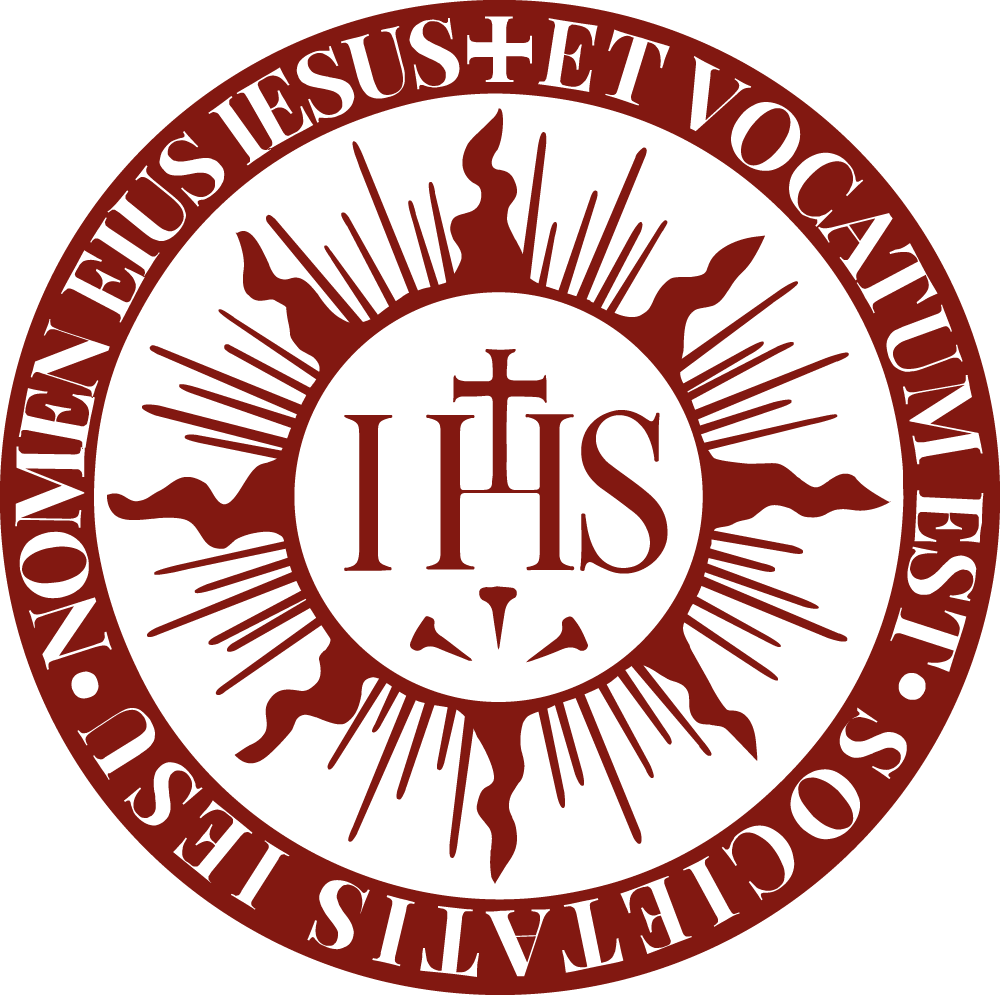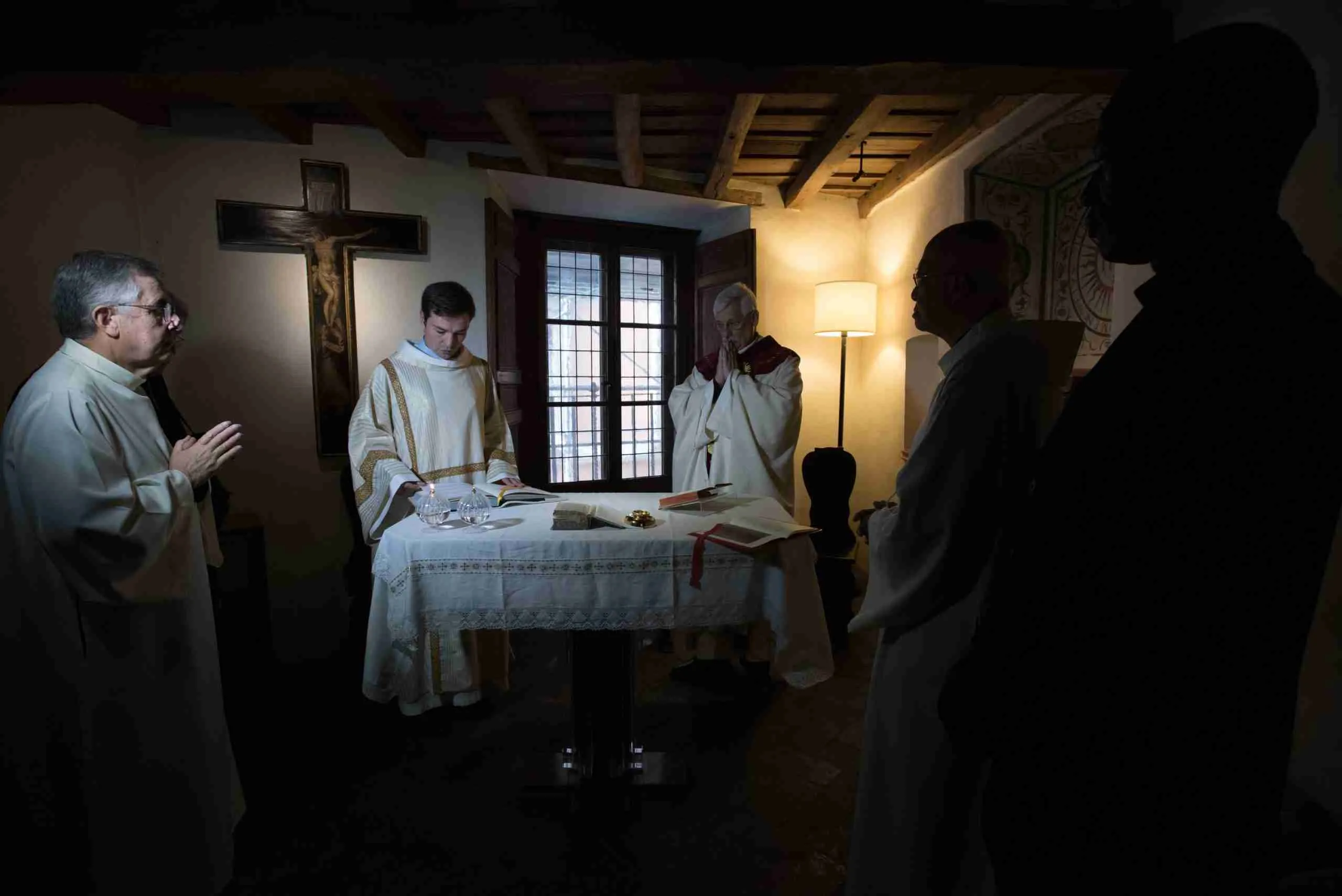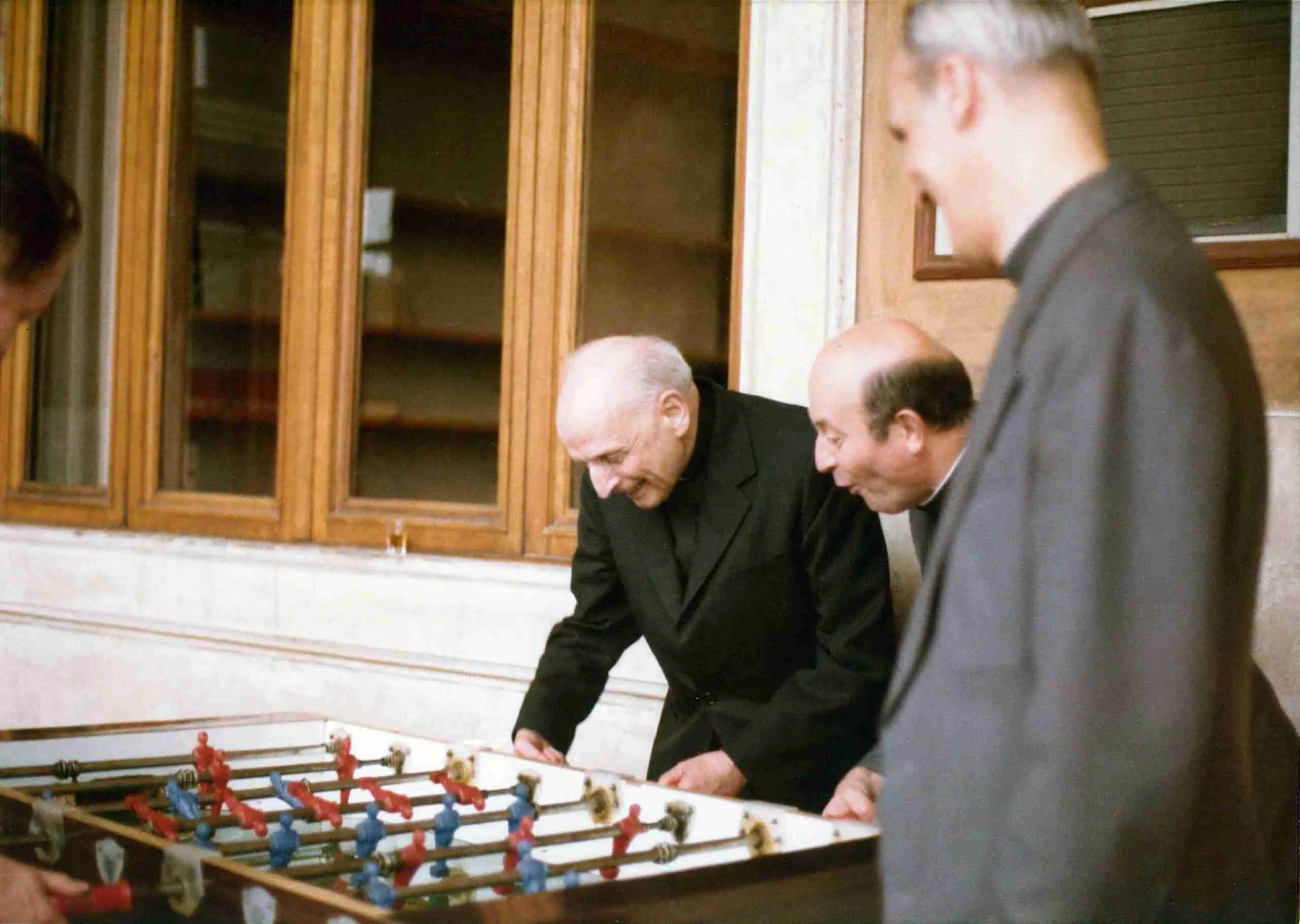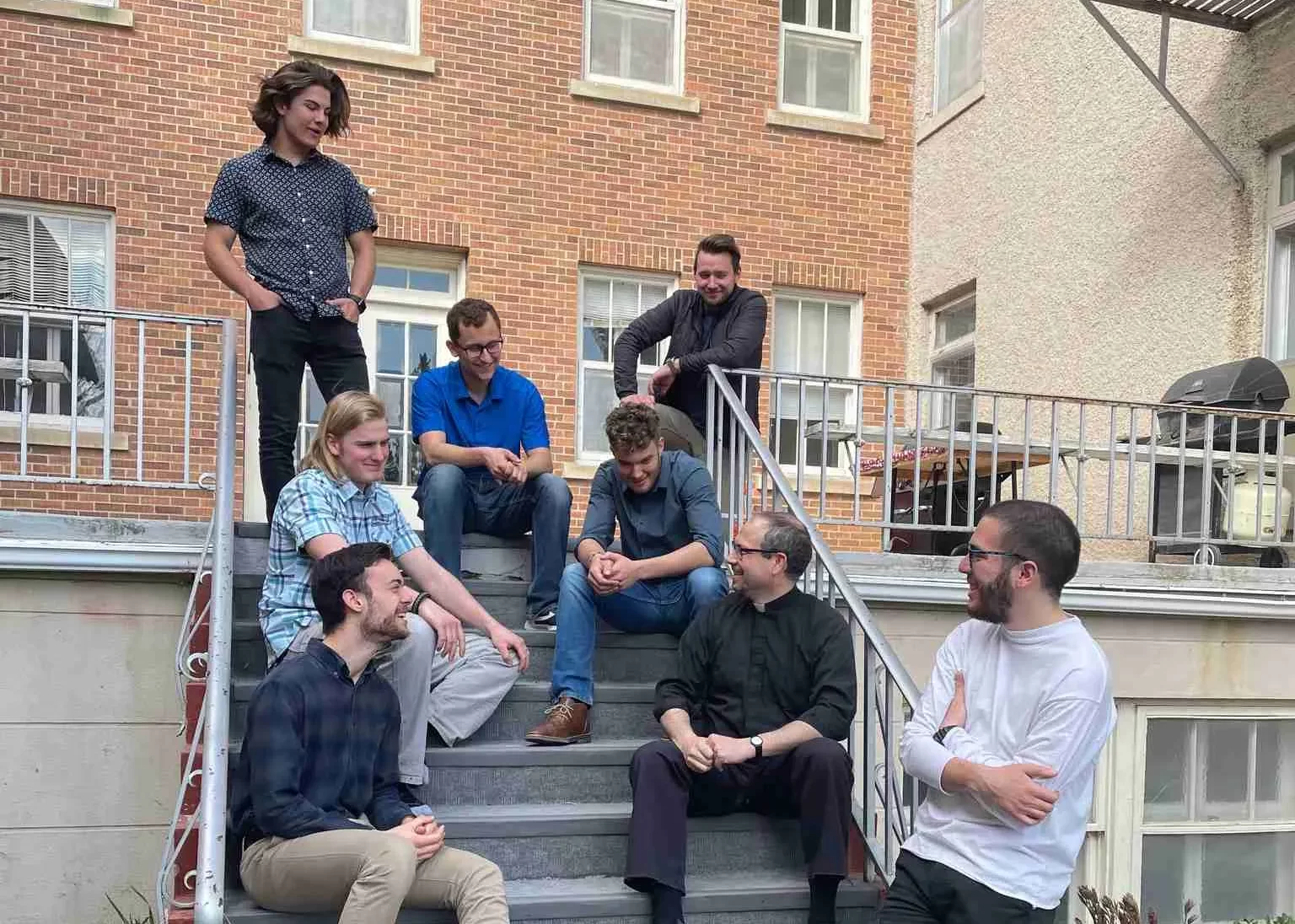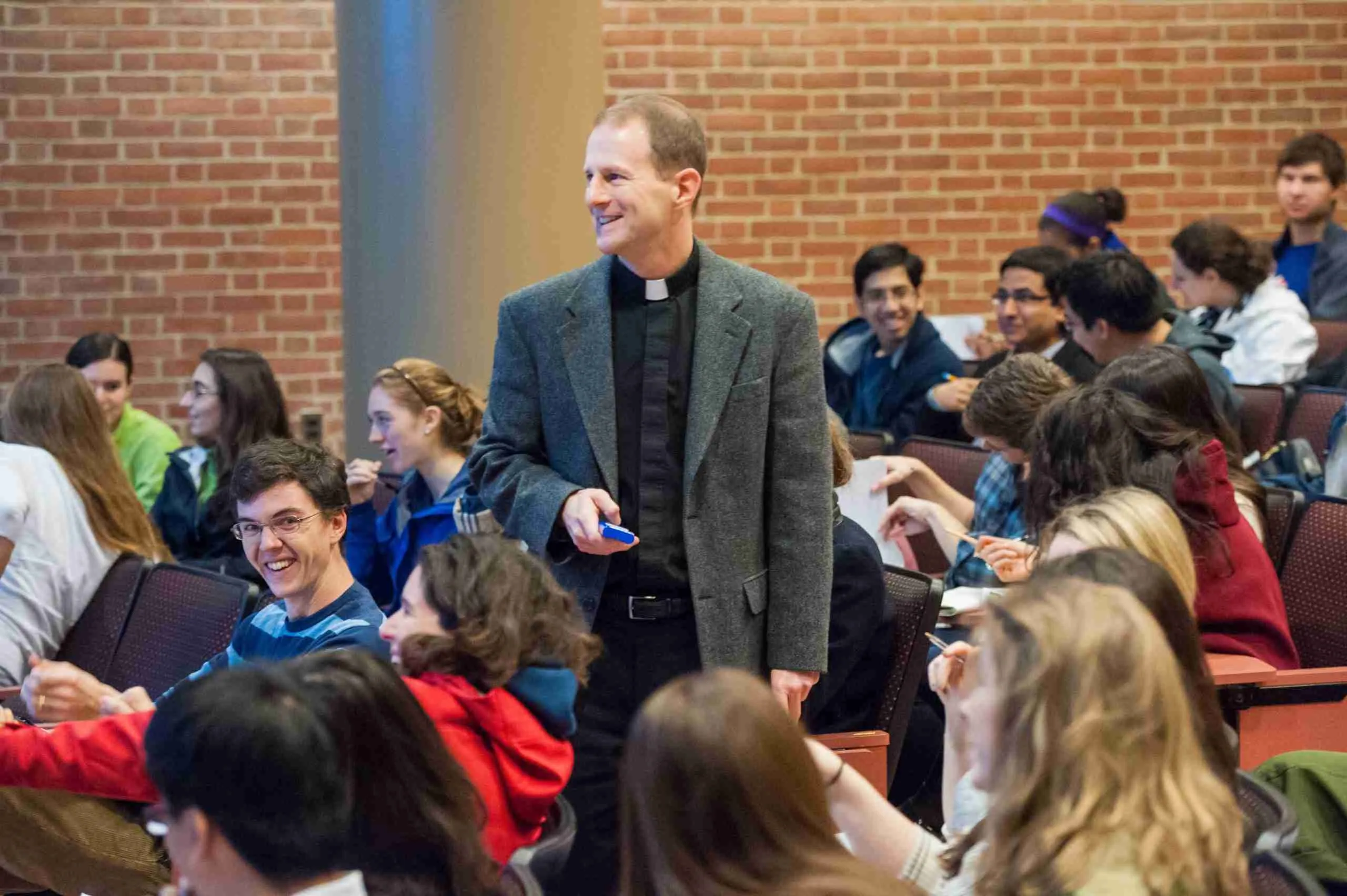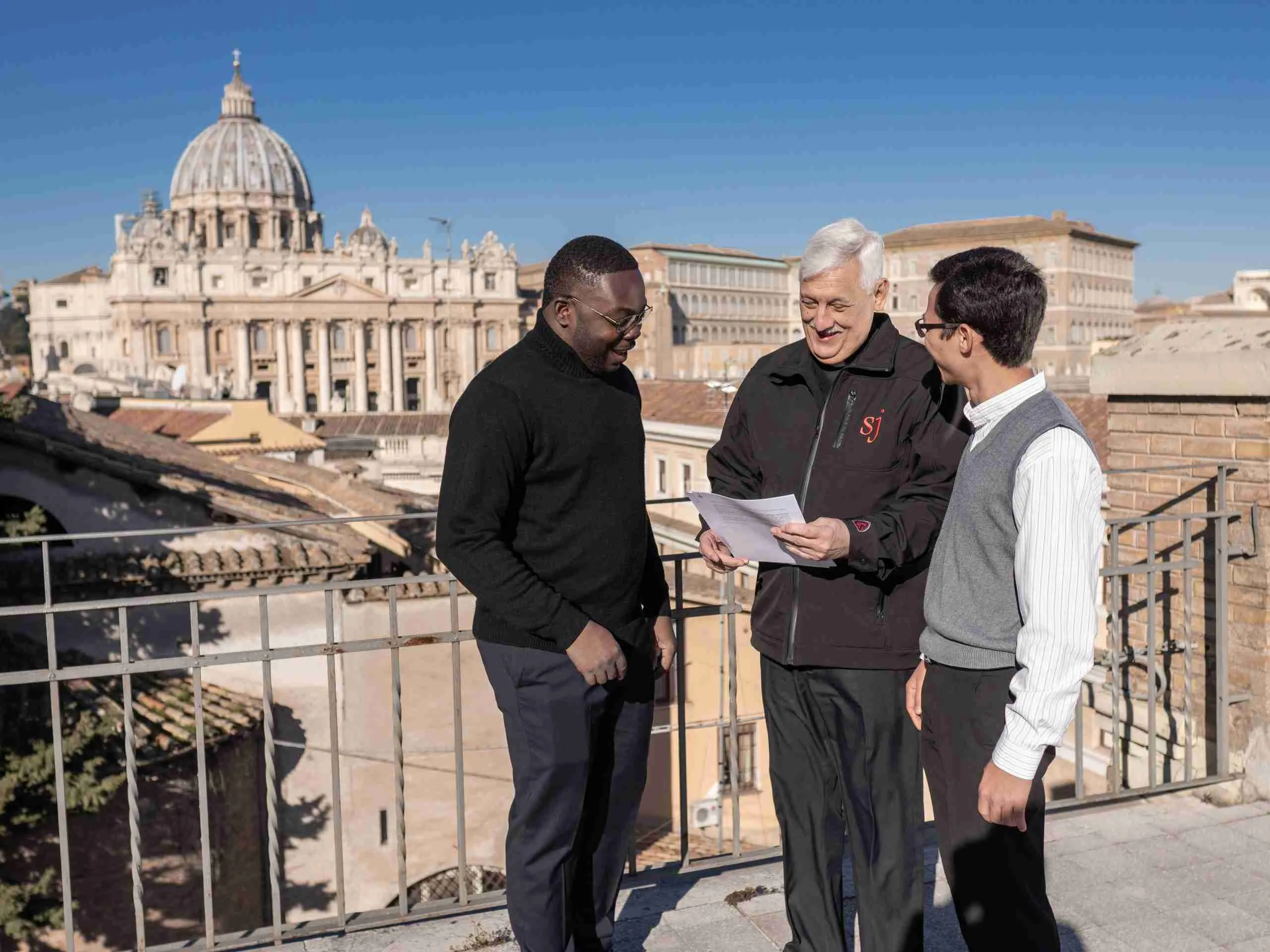This is not about the Examen or Ignatian Contemplation. The following are four basic pillars that get to the heart of a solid prayer life. You might implement these into your daily ritual and deepen your spiritual path.
That road is slow and less traveled. It’s also worth it in the long run if you get into the habit of prayer. Quite often it is helpful to return to the basics and make fine adjustments where needed.
1. Your Prayer Minimum
Learn what my “prayer minimum” is, What prayer routine is feasible and sustainable for me personally to feel grounded in my faith?
2. Expand Your Vision of God
Keep my heart open to how God may speak to me through people, events, my surroundings, etc.
3. Discern the Voice – Discern the difference between these three voices (discernment of spirits):
- My own voice
- The voice of the enemy
- The voice of God
4. Find the Movement
When I pray, search for movements (things that stir, percolate, make me curious, cause emotion) rather than insights.[1]
My example
My own prayer minimum includes morning and evening prayer time. This includes a shortened form of the Divine Office (a prayer of psalms and antiphons that many members of the church choose to recite daily as either a promise or personal devotion). The key to this prayer time is silence and personal check-in with God. If I break this prayer minimum I begin to lose my ground.
Who am I? What does it mean to be a priest? To be a Jesuit?
The answers get murky quickly when I pray less than my prayer minimum on a daily basis. My prayer maximum would include mass during the day, the Examen, and a reflection before I turn over for slumber.
When God speaks personally to you
One dramatic shift in my understanding of prayer is how God speaks to me personally. I used to struggle to hear that divine voice speak directly to me on an individualistic close-knit one-to-one relationship between me and God; no intermediary for me. One evening, however, I found that my prayer was answered clearly and directly precisely through an intermediary. The answer to my own personal prayer was provided through the articulation of another Jesuit’s sharing of his faith within a small group setting. This changes everything. Why?
Because God does not want me to live as an island to myself, I am one soul in the midst of a community of faith, a church, a people. That vision of God is expansive. That is, I hear God speak to me through people, many faces with unique gestures, and through encounters in my day. The more I recognize this the more I know where to look. In fact, if I can’t see where God is present in my life its because I’ve closed in on myself and have forgot to look up with an open mind and open heart.
What’s God’s voice like
Having said that, the silent voice or nudge from God still speaks to my heart. It comes in the stillness. A voice emerges from within. Whose voice is this? Mine? God? Or, someone or something else? There is no simply strategy here except to learn how to distinguish between these inner voices. God’s voice usually challenges and brings peace and overwhelming love with that challenge. When it’s a voice other than God’s that speaking to me in prayer I find a similar challenge, but the difference is that this voice leaves me feeling crushed and unfree.
Most “ideas” about God, faith, and religion sink into a bottomless pit of fluff, there is no substance rooted in experience. These insights are useless unless the insight is tied to a particular movement during prayer. Insights and ideas in this negative sense are great for writing blogs like the current one you are reading, but they do not guarantee a fruitful prayer experience. A genuine prayer experience, one with depth and weight, often brings with it an emotion. During prayer you may notice a sadness, a particular joy, gratitude, visceral anger, or curiosity that comes from the heart. If you do, this is probably a movement by which God invites you to explore further. That is, keep praying with that movement and the topic or person that it is tied to, it is there you will find God nudging.
[1] The layout of these four pillars I owe to a friend, Grace, who collaborated with me after a session of spiritual direction.
